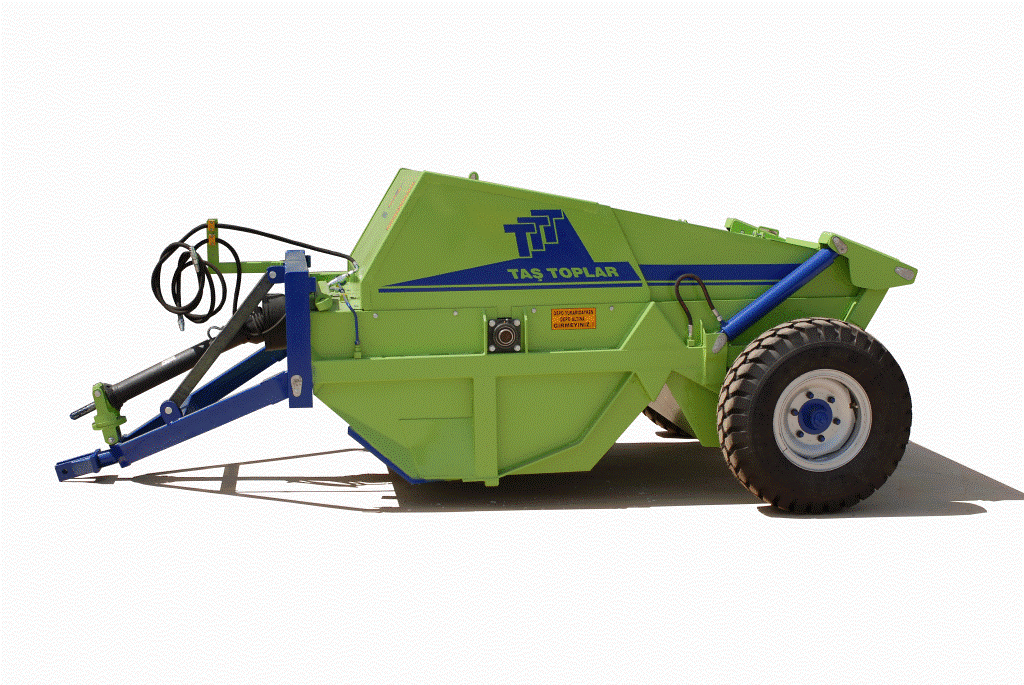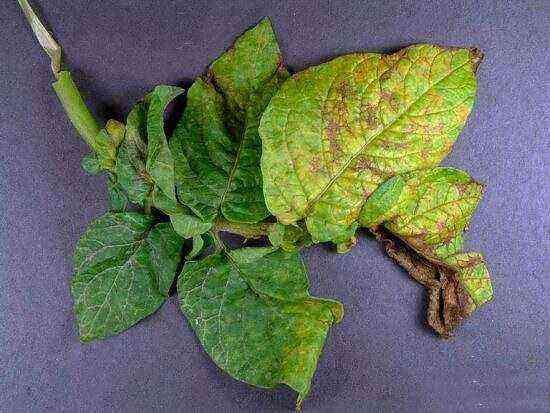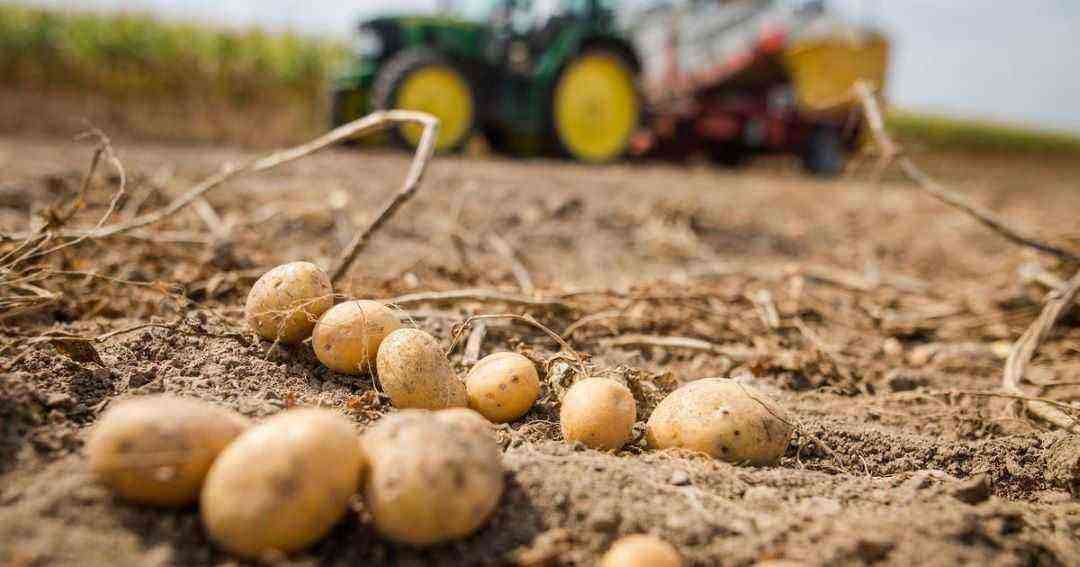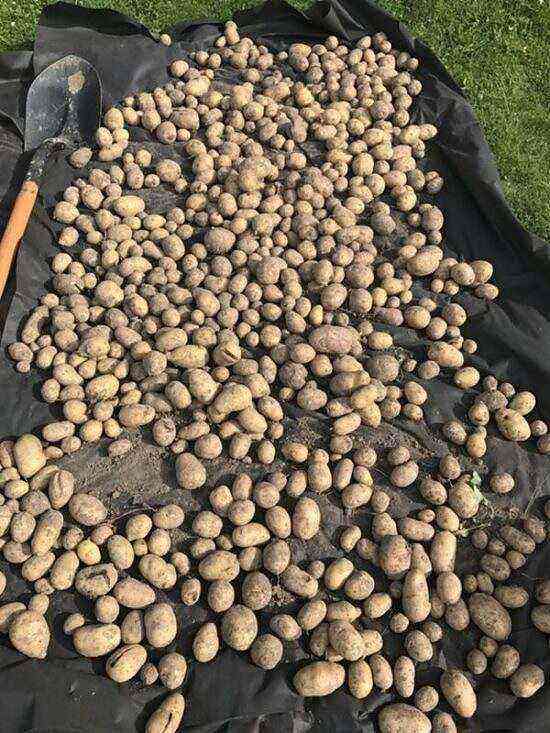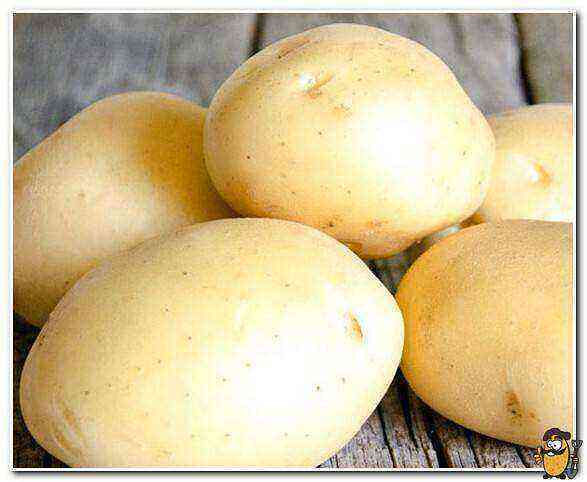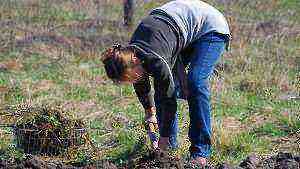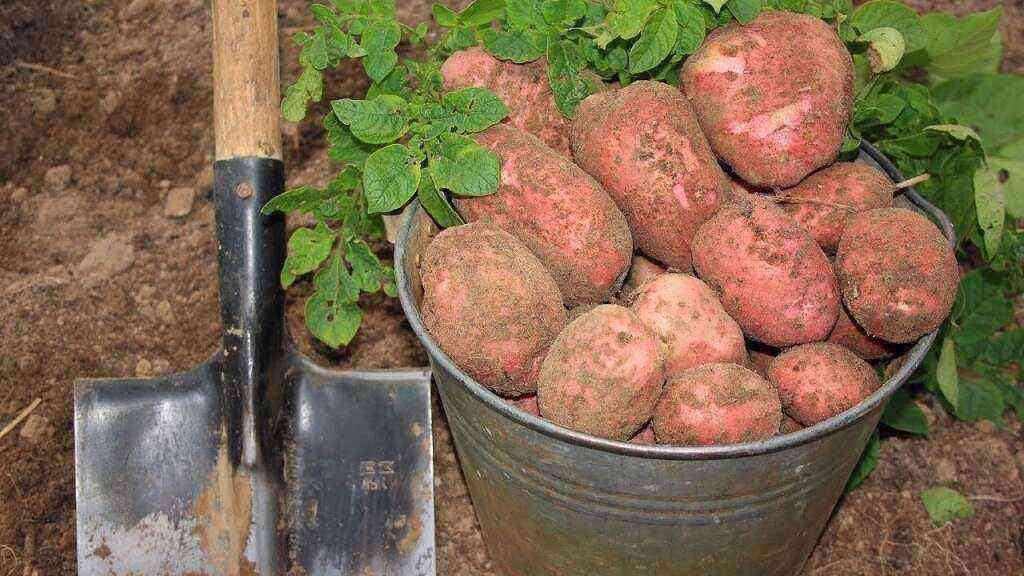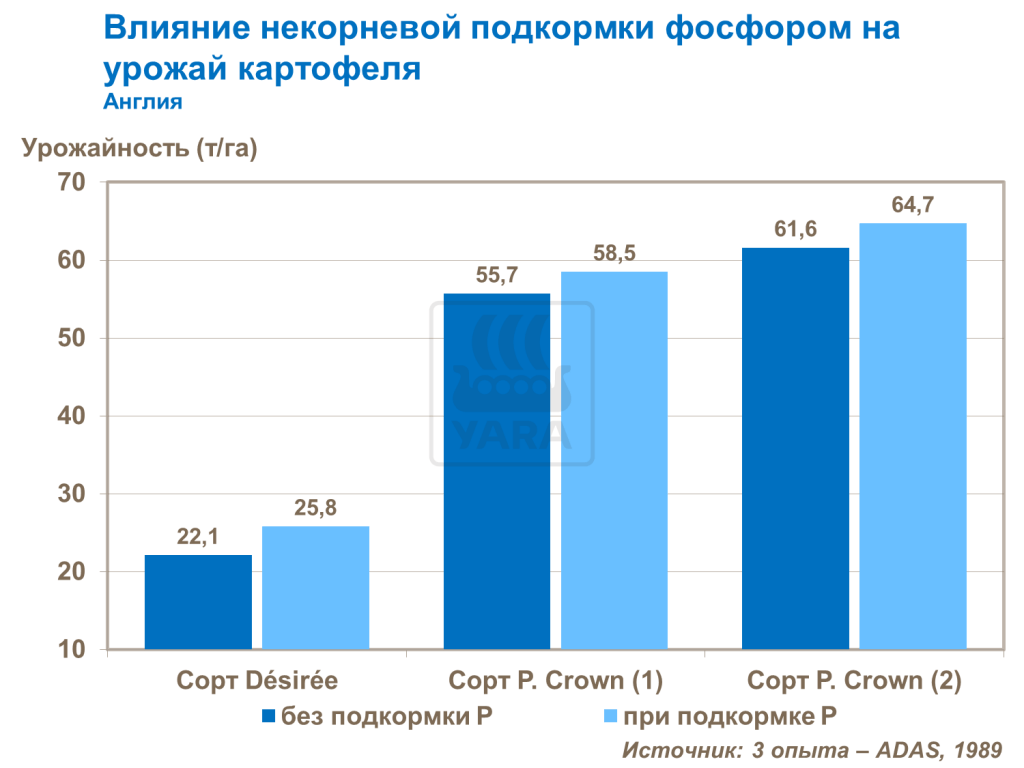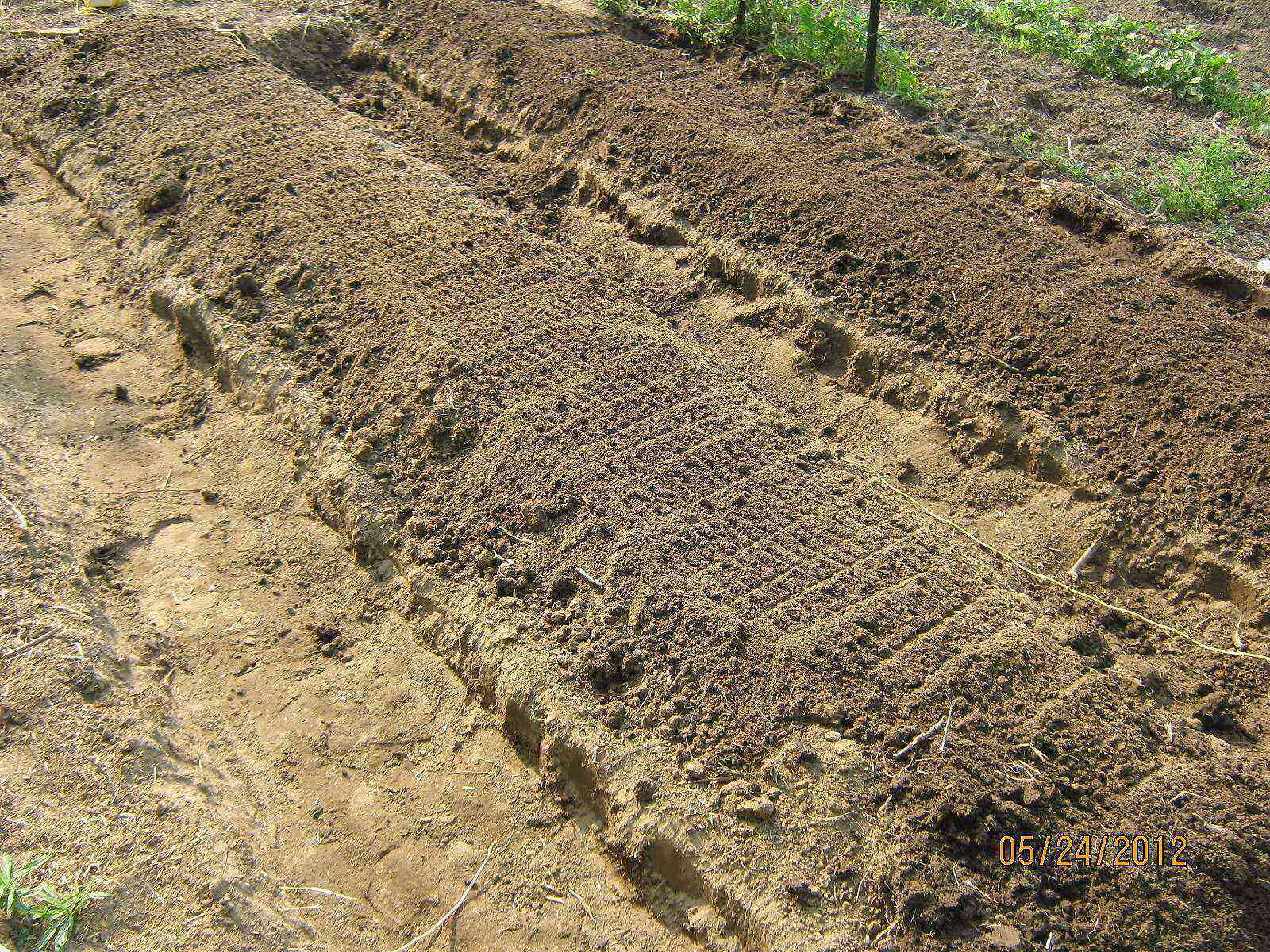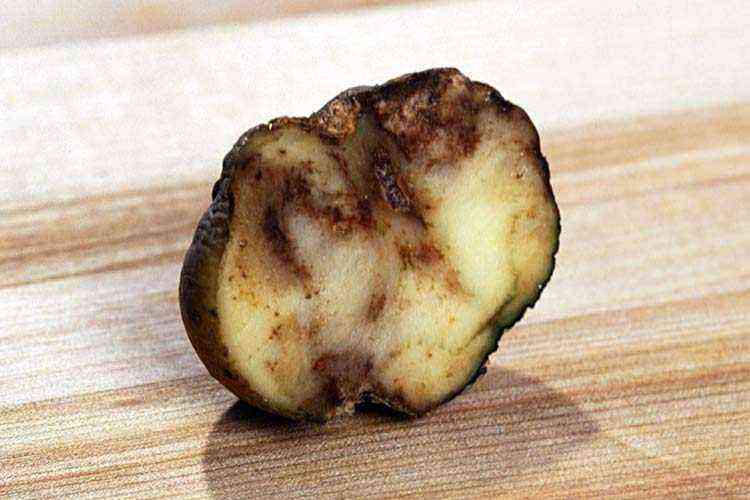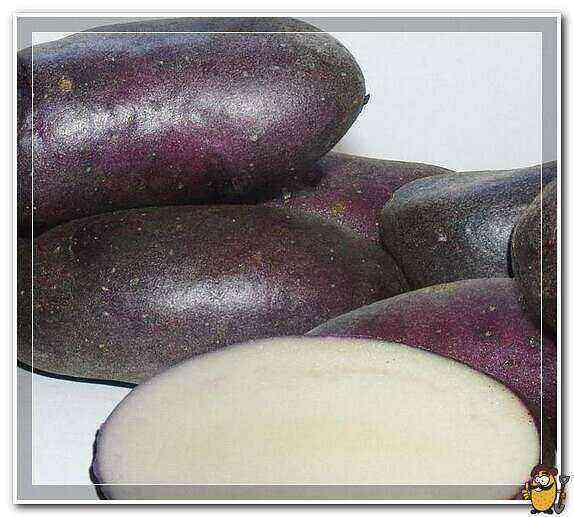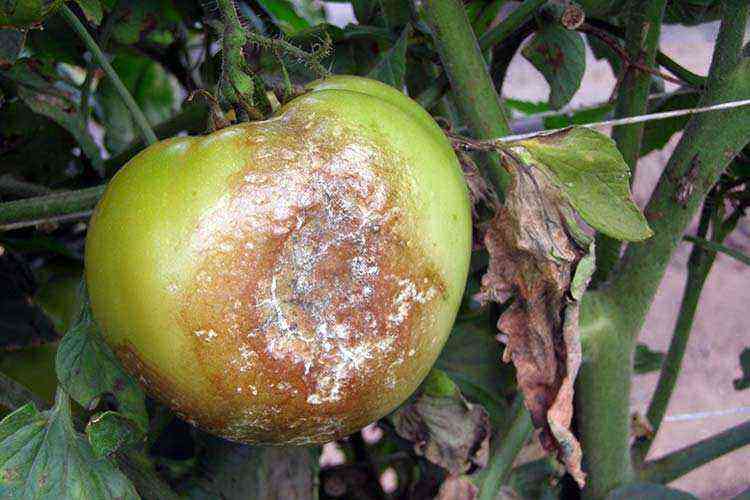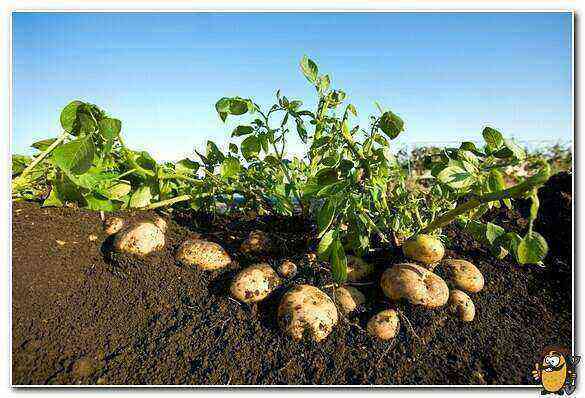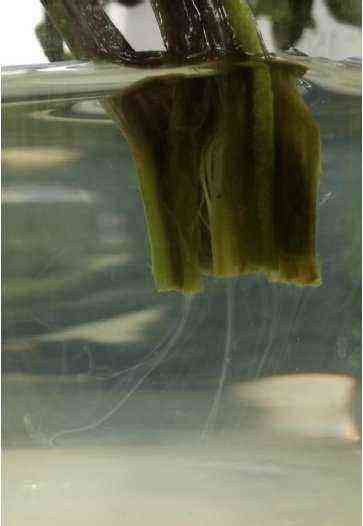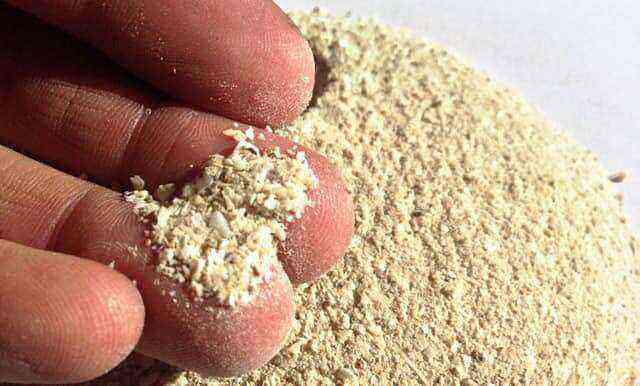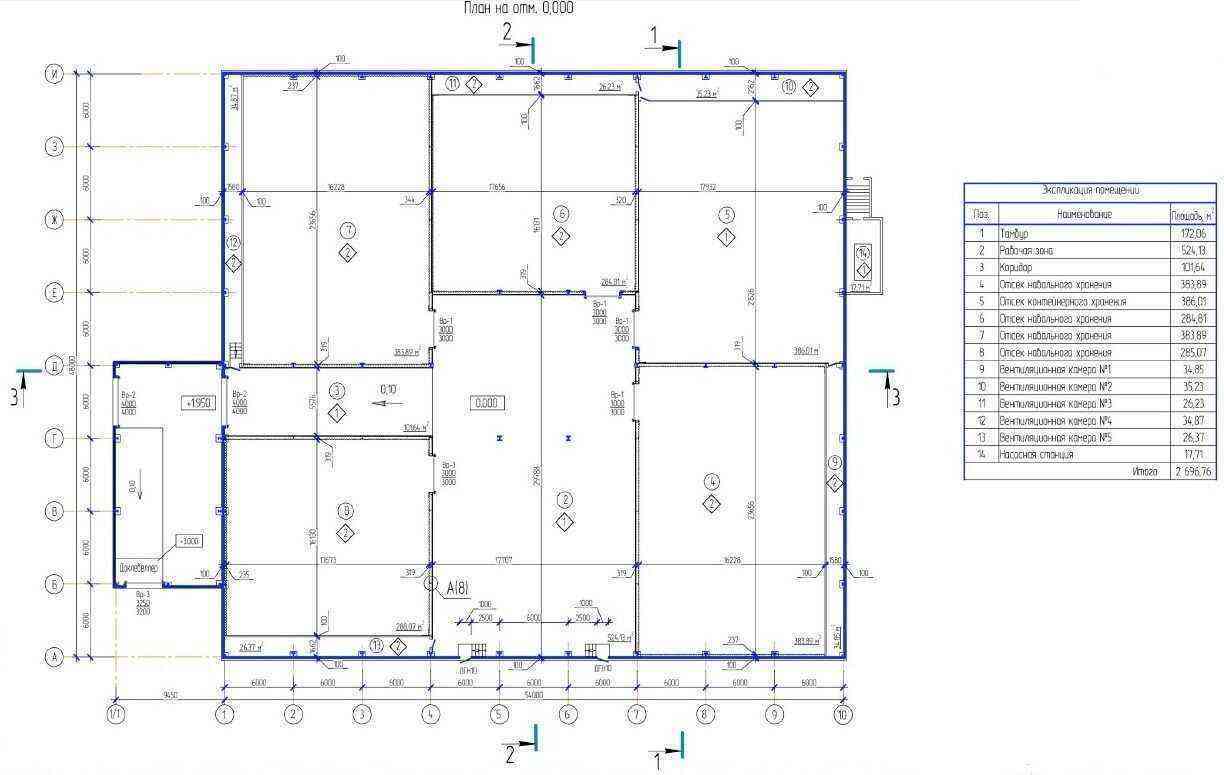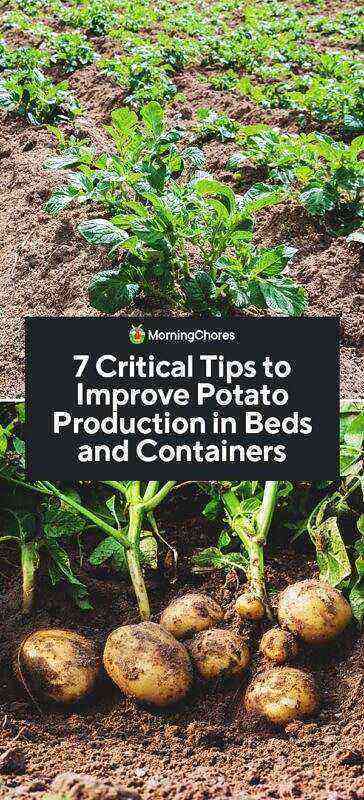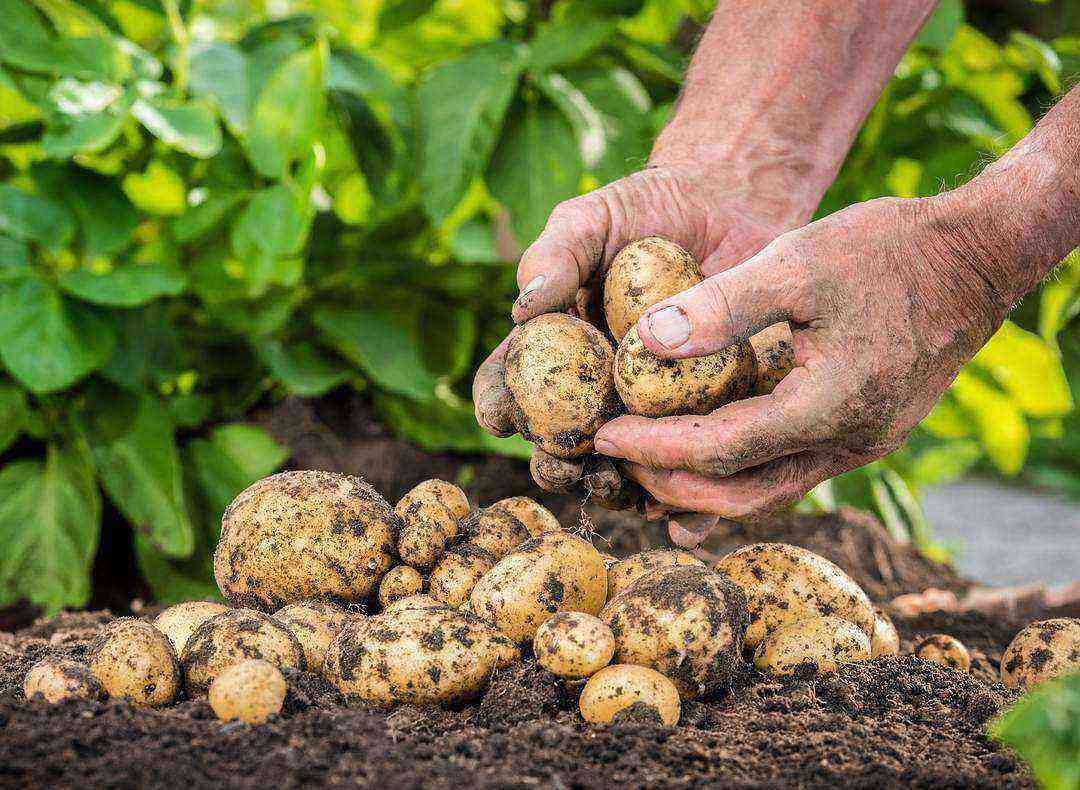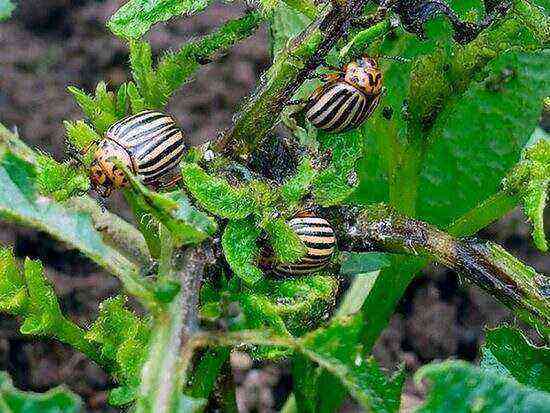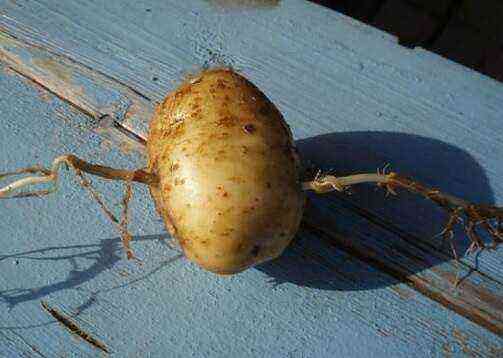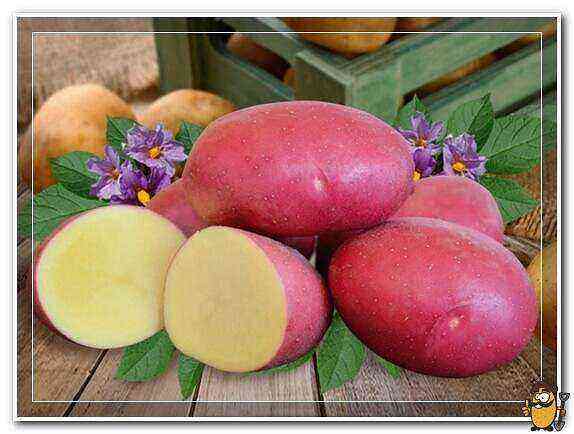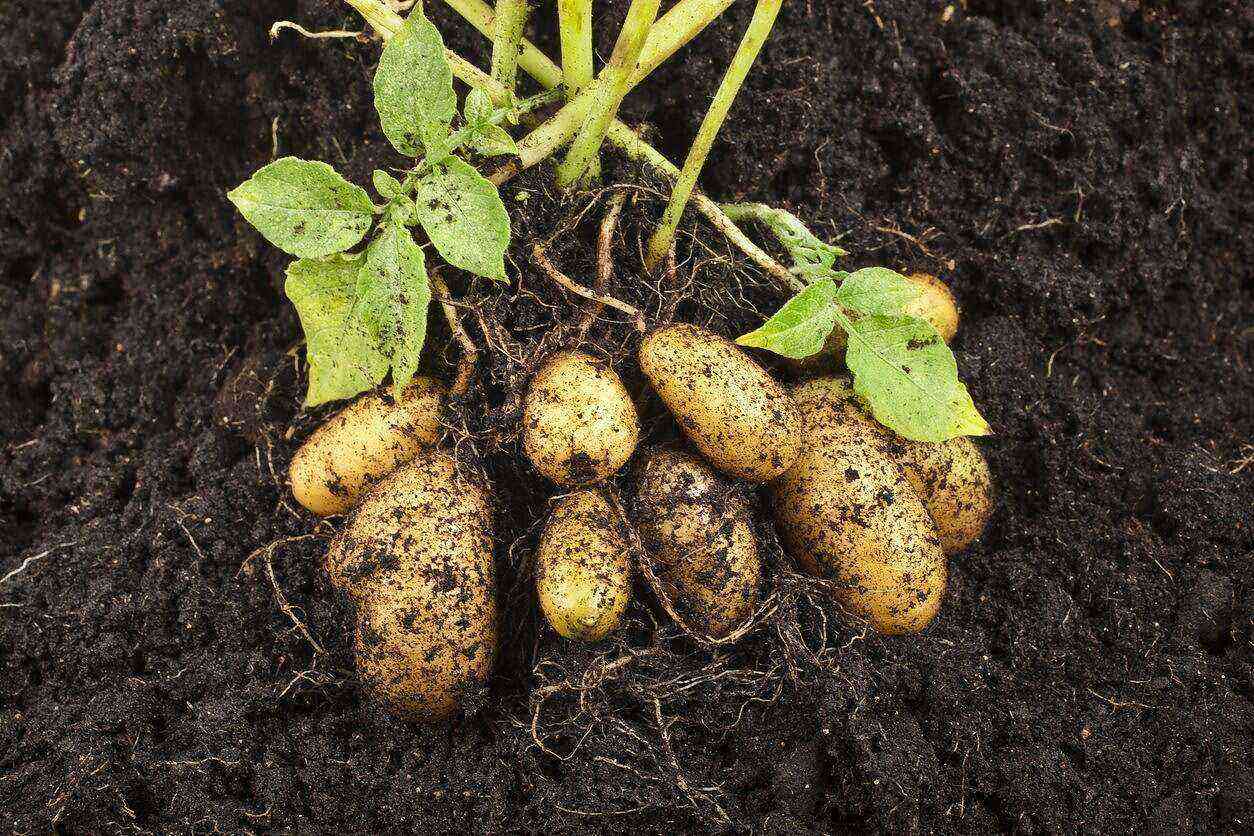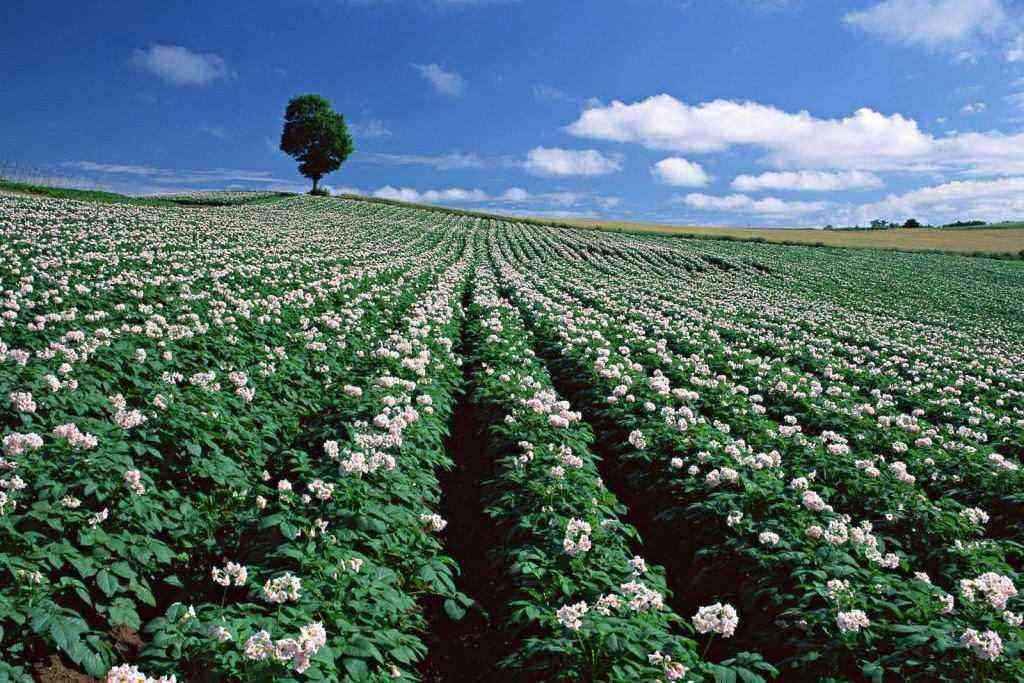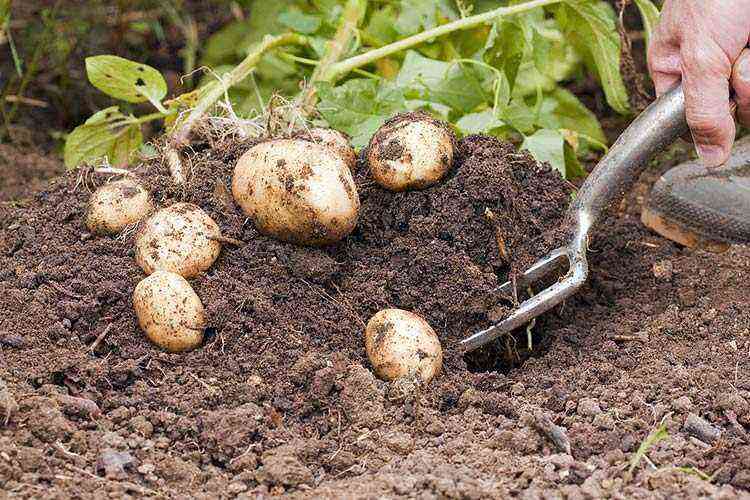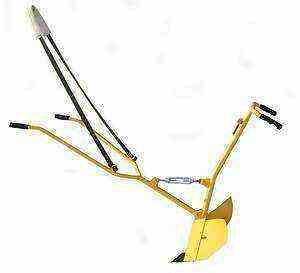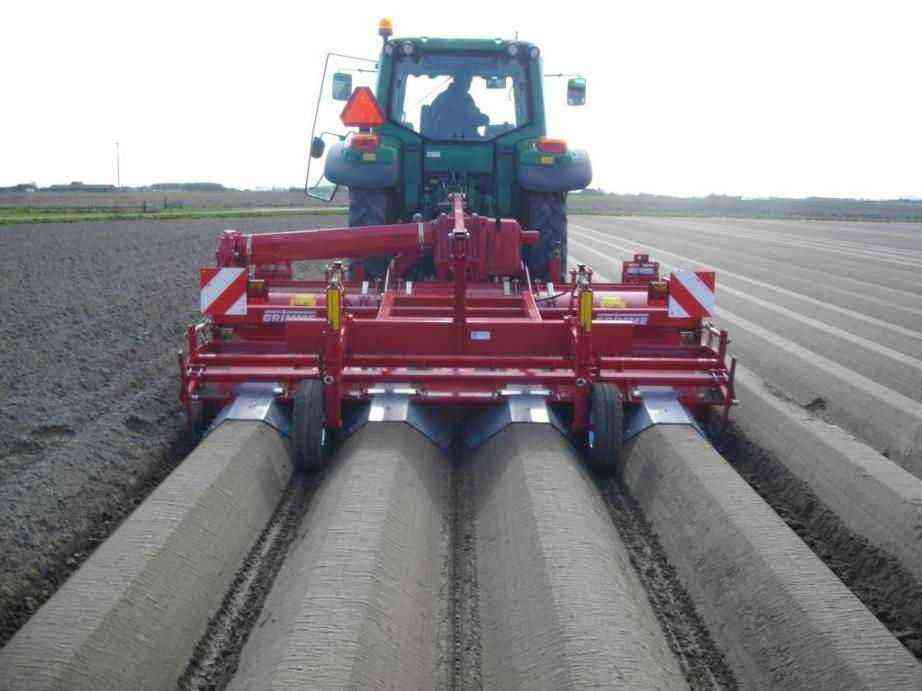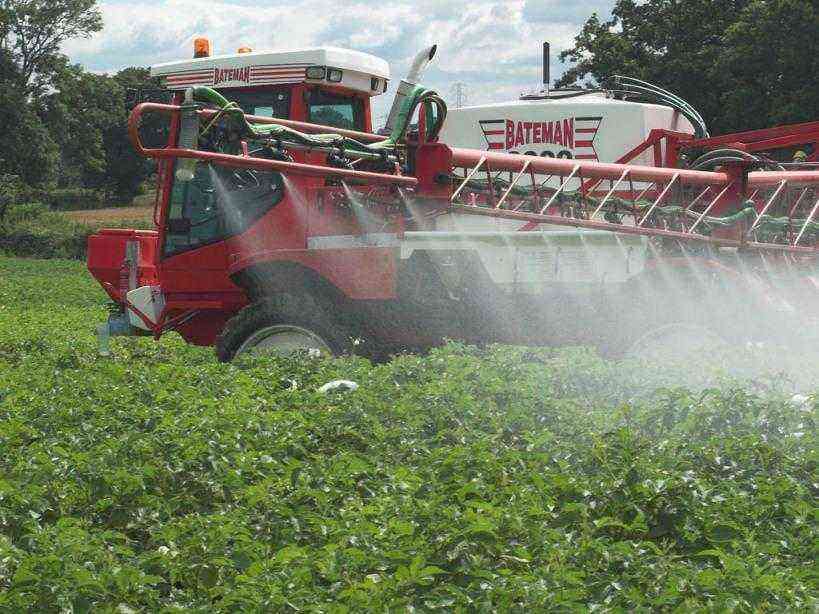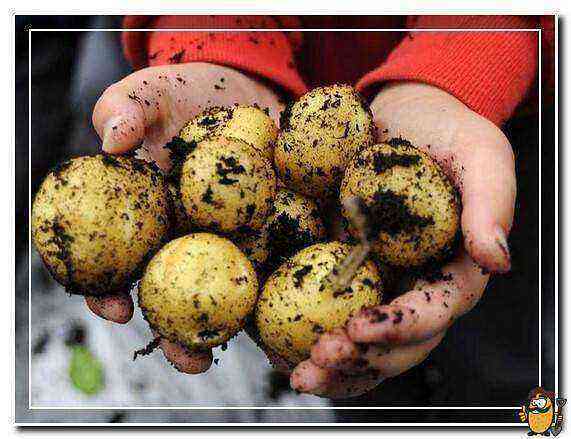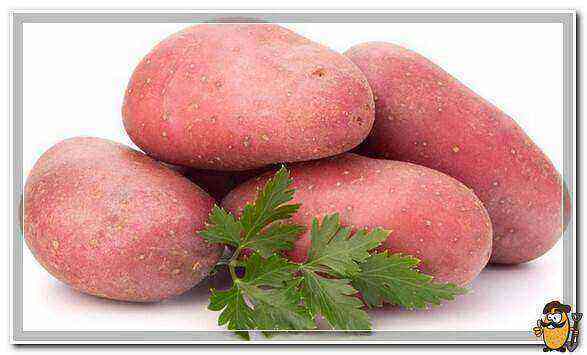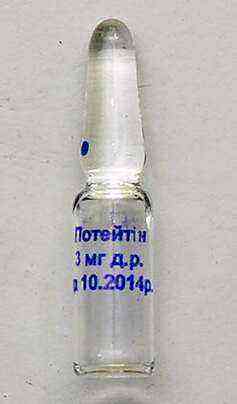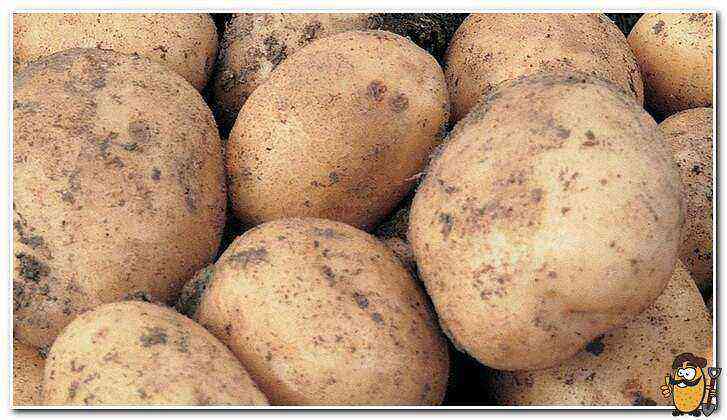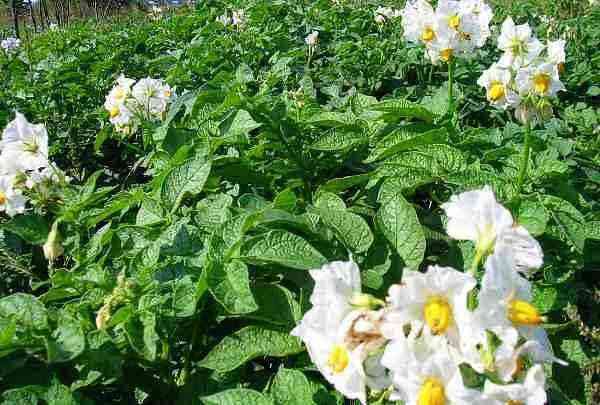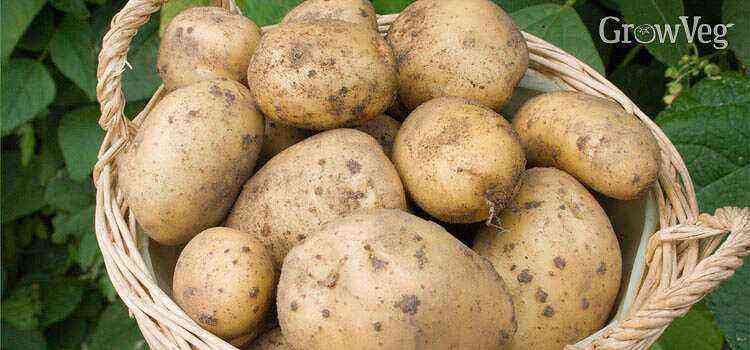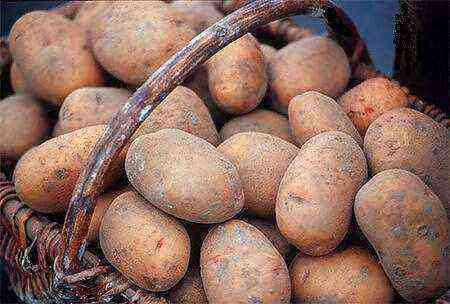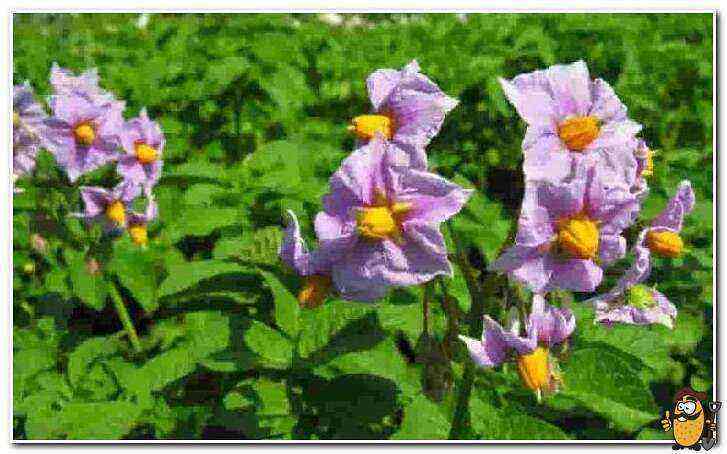Littering with stones is a definite obstacle for the efficient use of agricultural land. The presence of stones in the soil leads to damage to the working bodies of machines and units operating directly in the ground or close to its surface, and also requires significant costs for the annual additional operations to remove stones from the upper layer. In addition, when cultivating potatoes, the content of stones in the tuberous layer leads to the appearance of ugly tubers (due to the close adherence of tubers to stones), as well as damage to their surface during harvesting, where tubers and stones intensively move relative to each other. All this leads to a decrease in the quality of the grown products and a deterioration in their safety when laying for long-term storage.
It should be noted that significant areas with a high content of stones in the soil, in terms of their climatic conditions, are zones favorable for potato cultivation, due to moderate temperatures during the entire growing season and sufficient precipitation. Therefore, to solve the problem of potato production on soils with a high content of stones, potato growers from different countries use a wide variety of technological solutions. These solutions depend on the size and density of stones removed, the degree and nature of soil contamination with stones and the distance of their transportation. We invite readers to familiarize themselves with the most frequently used technological methods of growing potatoes on soils with a high content of stones.
1. Complete removal of stones before field work.
Traditionally, the complete removal of stones that have reappeared on the surface of the field in winter is carried out in the spring before the start of field work. For these purposes, continuous stone pickers are used, which separate stones by combing, undermining or swathing.
The first type of machines includes the UKP-0,6 model, widely known in Russia (Fig. 1), which is used to remove stones 12 … 65 cm in size and weighing 10 … 65 kg. This machine removes stones that are on the surface of the field and at a depth of 10 cm. The selection of stones is carried out by a comb, which consists of 11 steel teeth. The comb teeth are buried in the soil and comb the top layer. The selected stones rise along the comb teeth, and after the accumulation of a certain mass of stones, the comb is tipped over into the storage hopper. The process of collecting stones continues until the bunker with a capacity of 1,2 m3 is filled, after which the machine drives off to the edge of the field and unloads the stones with the help of hydraulic cylinders. With a significant contamination of the field with stones, it is completely combed, and with a low contamination of the field, they drive up to each stone separately.
Digging stone pickers are designed to remove stones 6 … 40 cm in size, lying on the soil surface and at a depth of 12 cm. The process of collecting stones resembles the process of harvesting potatoes with an elevator-type combine, with the difference that stones are extracted on a lattice separating conveyor and all working elements machines have increased durability. However, machines of this type have not found widespread use in agriculture and are mainly used for cleaning beach recreation areas from stones.
When stones ranging in size from 5 to 40 cm are removed by swathing, they are picked up from the surface of the field and from a depth of up to 10 cm by a shaft rotating counter to the movement with teeth set along a helical line. The shaft is located at a certain angle relative to the transverse plane of the machine and when it rotates, the teeth, going deeper, push the stones forward and sideways to the place where the roll is formed. Then the stones are picked up by a stone picker moving along the roll and collected in the storage hopper of the machine. When implementing this method of removing stones, one-phase and two-phase techniques are distinguished.
In the first case, both operations are performed by one machine (Fig. 2), in which two side shafts direct the stones to the center, and then the roll is directed by a special rotor into the storage hopper. The hopper is unloaded at the edge of the field. The capture width of such machines is from 4 to 5 m.

A prerequisite for the effective collection of stones in the implementation of all of the above methods is a thorough processing of the upper soil layer and the absence of large elements of organic matter (rhizomes of perennial grasses, long straw stalks, etc.). This is due to the fact that loose soil is easily sieved through rods or gratings of separating working bodies and storage hoppers and is not taken out of the field. In addition, the additional passage of machine-tractor units across the field leads to soil compaction along the trail of the equipment passage, especially in the early stages, when the compaction spreads into deeper layers of the soil horizon. The removal of stones by these methods is carried out to a depth of 10-12 cm, which is not quite enough when cultivating potatoes.
2. Cultivation of potatoes on separated ridges.
This method of growing potatoes is widespread in England, in the coastal areas of the Baltic Sea and in the foothills of the European mountain ranges (Carpathians, Alps, Balkans, etc.). The application of preliminary soil separation to a depth of 20 cm can be carried out on soils with a wide variety of textures from heavy loam to light sandy loam. Only the equipment of the machine for its separation will depend on the type of soil.
The essence of this technology is that ridges are formed on the field, which are then separated and, after separation, the potatoes are planted in an area free of stones and lumps.
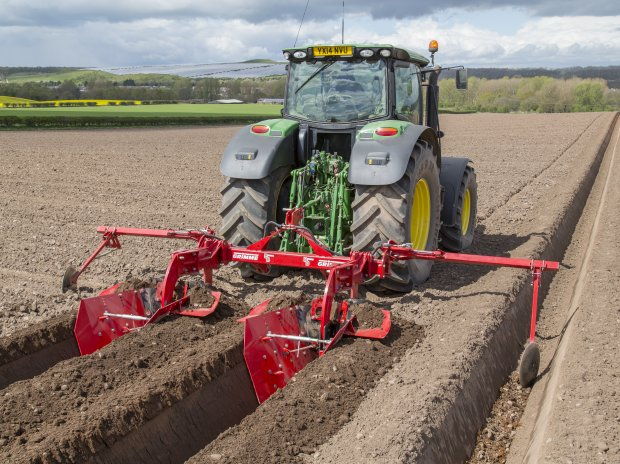
Immediately after the bed-formers, soil separators start to work (Fig. 6), the task of which is 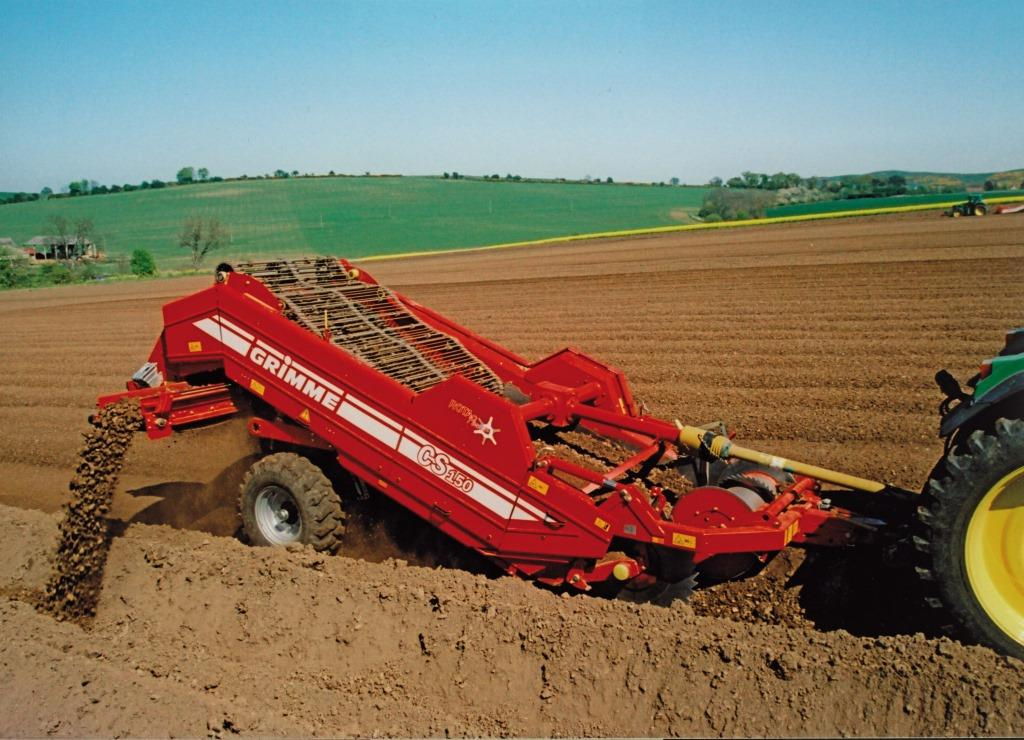
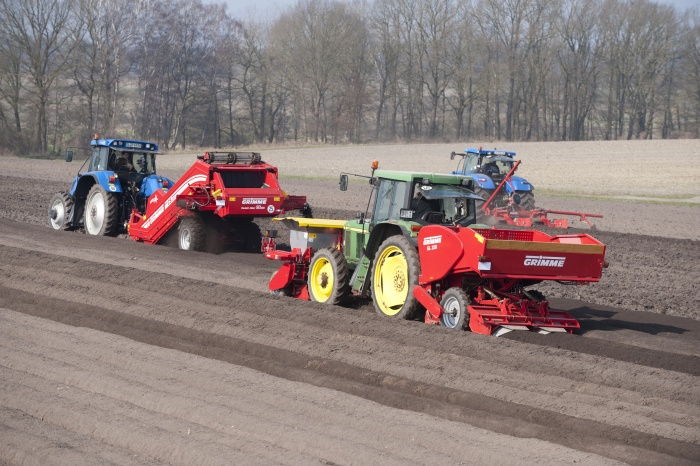
The use of the technology of cultivation of potatoes on separated ridges, although it requires an increased amount of time and energy during the period of planting, significantly saves the costs of harvesting due to the fact that the harvesters perform work at an increased speed due to the good separation of tubers from fine-lumpy ridges. At the same time, the surface of the potato is not injured by stones, which ensures high grown products.
The working width of the planter depends on the size of the farm. For small production volumes, it is sufficient to use a two-row planter. In this case, the cutting of ridges is carried out with a single-row bed former. Large farms use a three-row bed former and a six-row planter.
For medium-sized farms, it is rational to use a four-row planter, however, such a machine must be equipped with a system of an offset center of thrust, and it is recommended to cut ridges with tractors equipped with satellite navigation. In this case, the navigation system must use the correction signal from the local RTK base stations. For planting potatoes in separated beds, spoon and belt planters can be used. Belt planters can plant uncalibrated seed without compromising the quality of the process. Most often, this type of planter is used for the cultivation of seed potatoes of high reproductions. Regardless of the type of planter, they must be adapted to the planting of potatoes in the ridges.
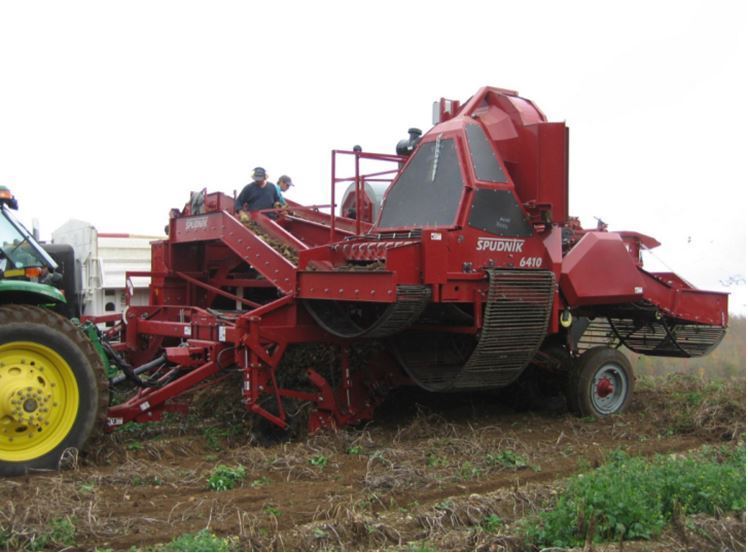
To reduce costs when growing potatoes on stony soils in significant volumes (over 300 hectares), North American farmers are focusing on the process of stone extraction during harvesting operations. All previous work is carried out in the same order as on ordinary soils, with the only difference that all tillage and planting machines are equipped with various systems to protect the working bodies from damage when hitting obstacles.
For harvesting potatoes on soils clogged with stones, harvesters are used, which are equipped with a system for separating impurities by specific gravity (Fig. 8). These machines dig in the ridges and separate all small impurities on the separating conveyors, and with the help of a rare-bar conveyor, they separate the tops and long plant residues. Further, the potato heap enters the separating chamber through a conveyor, where, under the action of vacuum or under excessive air pressure, the flow is divided by specific gravity.
During the operation of the AirHead vacuum stone separator (Fig. 9) potato tubers, having a lower specific 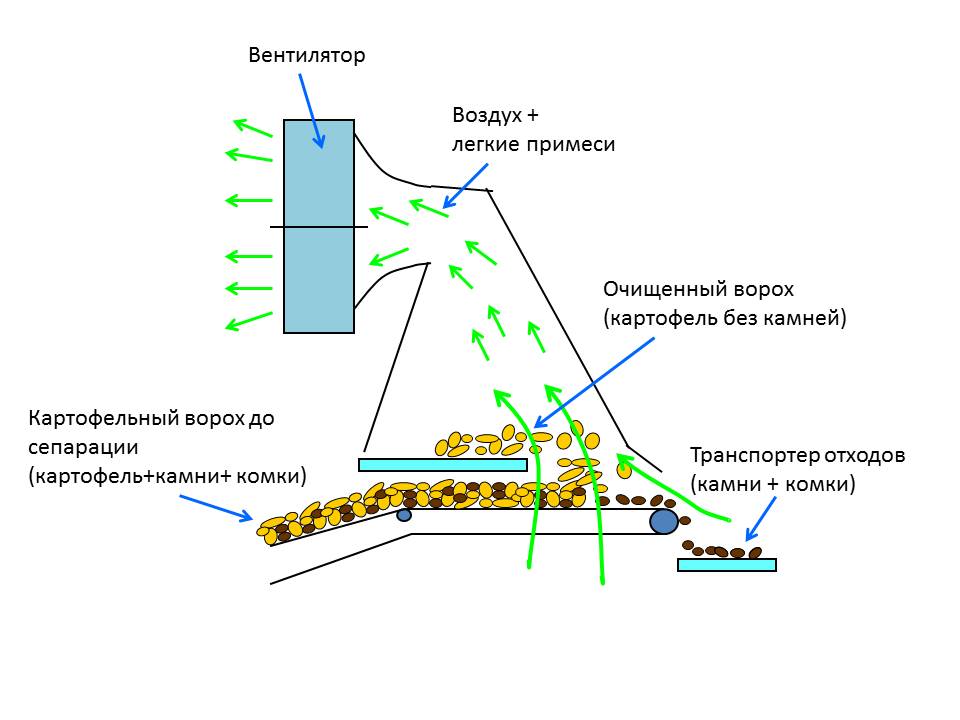
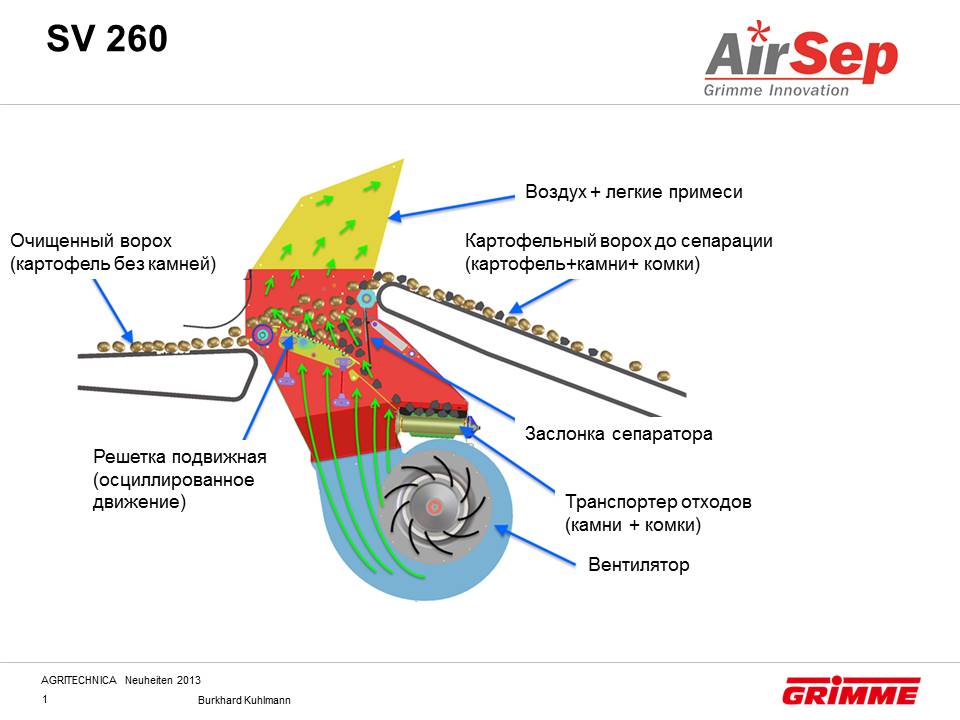
During the operation of the above-described AirHead and AirSep heap separation systems, stones and lumps are fed through a conveyor to a storage hopper, after filling which the operator unloads it on the field (preferably at the edge) and stones are poured onto the ground in the form of a small heap. After harvesting is completed, the stones are picked up by loaders, loaded into vehicles and taken out of the field.
The cultivation of potatoes on stony soils using potato harvesters equipped with heap separation systems by specific gravity (AirHead and AirSep) provides the highest field productivity and the lowest stone extraction costs. However, for the application of the above-described method of harvesting potatoes, it is required to ensure good formation of the skin of the tubers due to the fact that during the initial separation of the heap on the bar conveyors, the potatoes and stones move in the same stream.
Conclusion.
At the end of this review, it can be noted that in the arsenal of modern mechanization tools there are quite a few ways that will allow farms
tackle the daunting task of growing potatoes on stone-clogged soils. Undoubtedly, the use of the proposed tools will require additional costs.
energy, time and material resources, however, this will allow obtaining products of higher quality with high consumer properties, which will provide
return on investments made in the form of a higher cost of quality goods.

